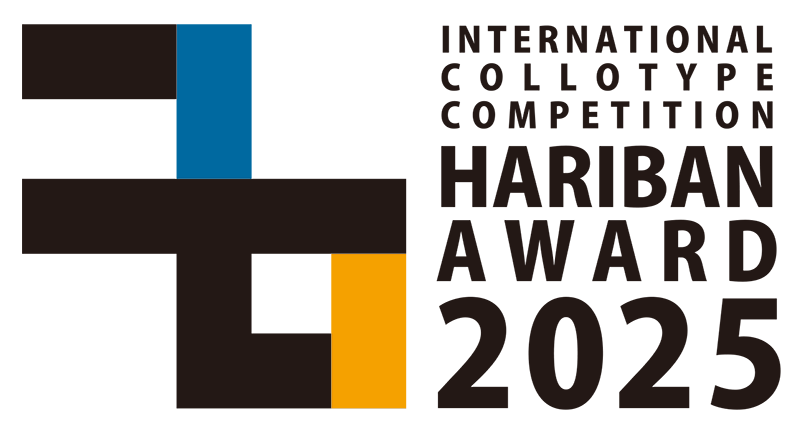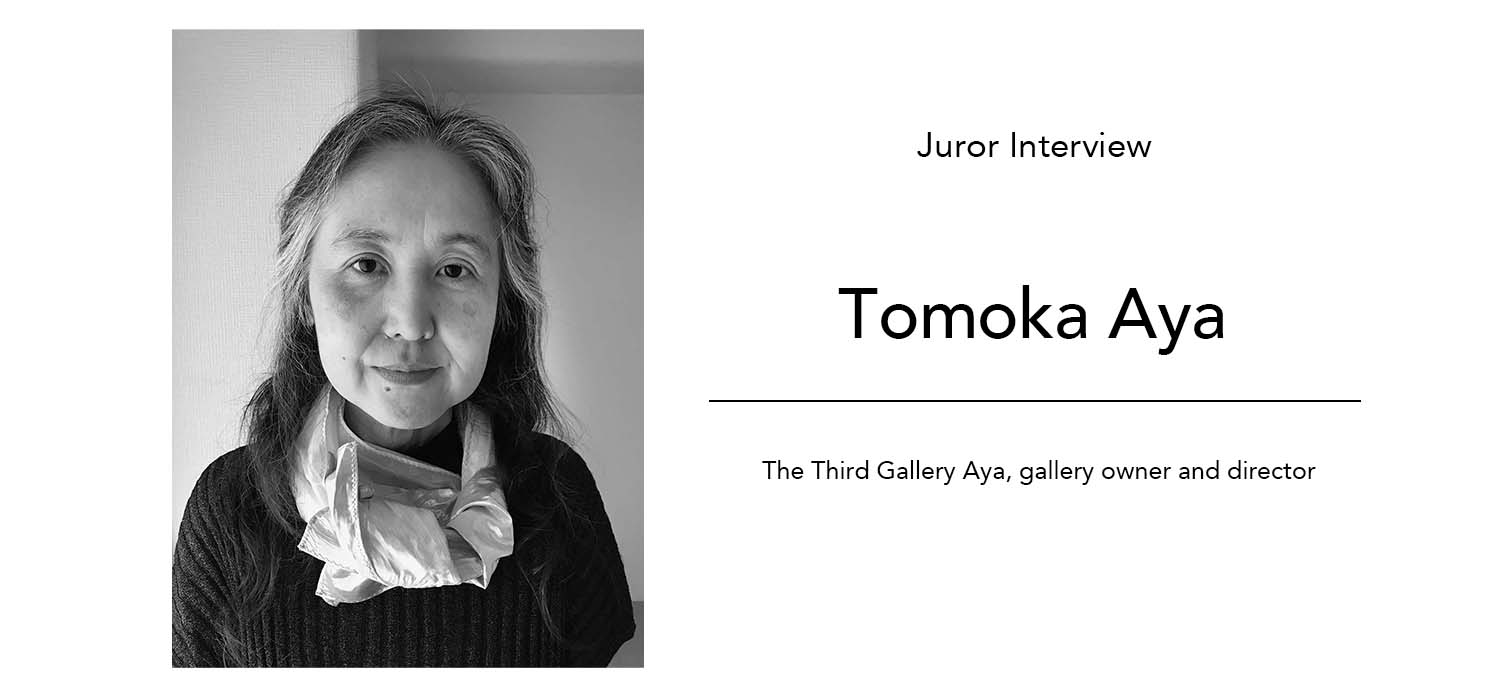Interview|Tomoka Aya
As part of the HARIBAN AWARD 2024 programme, we interviewed one of this year’s Juror Tomoka Aya, The Third Gallery Aya, gallery owner and director
How did you first get into photography and start your gallery?
Tomoka Aya (TA): When I was in high school, I read an article about Sam Wagstaff, a collector and curator, in the magazine Ryuko Tsushin. I also went to several photo exhibitions held by PPS and other places, which were really amazing. Since then, I became interested in photography and joined the photography club at my university. After I graduated, I started working for a company but I felt suffocated working for an organization. For the first time, I strongly felt that I wanted to work in the photography field.
Later on, I was working part-time and later full-time for the non-profit organization Osaka International Center for Photography. The center had a gallery called the Brain Center, but the gallery was closing and I was asked if I would like to take over the gallery and start my own business. I decided to go for it.
Since your gallery opened in 1996, photography has changed a lot — not just in terms of technique but also in how it fits into the world of art. How do you see all these as a gallerist in the middle of all these changes?
TA: From the very beginning, I wanted to stand out from other gallerists by focusing on the unique characteristics of the gallery and by being conscious that I was doing this in Osaka as a female gallerist. It was when I was told that it would be impossible to run a gallery without going to Tokyo. I wanted to be independent and do what I love staying in where I live, so I always thought about what I should do to achieve that.
I looked at the situation then and saw that there weren’t many female photographers. I decided to focus on that to differentiate my gallery from the others. Specifically, the gallery started handling Yamazawa Eiko’s work. I wanted to introduce women photographers from Japan and overseas, so I held two exhibitions I wanted to the most: Ishiuchi Miyako and Jo Spence.
In 1989, the Tokyo Metropolitan Museum of Photography (now Tokyo Photographic Art Museum) opened as an art museum specializing in photography. The Film Center at the National Museum of Modern Art, Tokyo and the Photography Section at the Yokohama Museum of Art were also established around that time. It was wonderful that my gallery started at a time when it was common for art museums to hold photography exhibitions. We had the prospect of doing well if we built our achievements on those foundations.
Globalization brought about by the Internet was also a big factor. Art fairs that began to emerge in the 1990s expanded because of that, and I was not just paying attention to Japan but also the countries overseas. I thought about introducing Japanese photographers’ work to museums and art fairs overseas, both for exhibitions and collections. I have always been thinking about possibilities both inside and outside of Japan, including the markets.
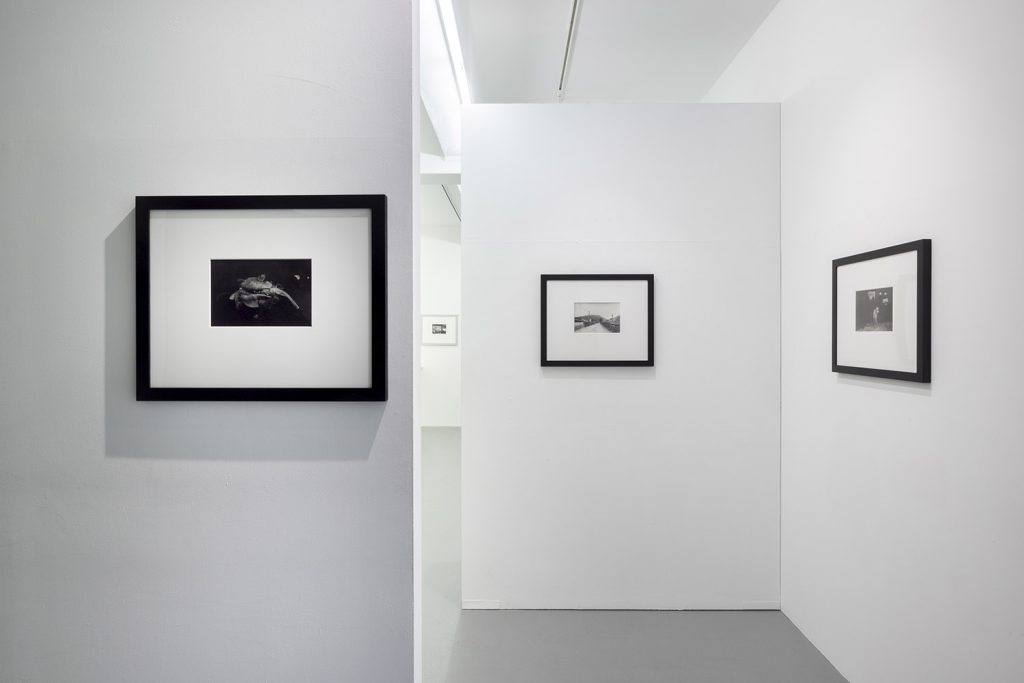
Exhibition view / Kenshichi Heshiki, 2024 ©Kiyotoshi Takashima
Tell us about your gallery’s “824” project that supports young artists as well as the series of lectures you hold at the gallery ― why did you start them and what are your future plans?
TA: I started the gallery in my 30s, so I worked with a lot of artists of my generation or those who are younger than me. It was natural for me to support younger artists and I enjoyed doing it. One of the roles of the gallery was to work with photographers of the same generation while sharing the same era. Over the past 25 years of career, my role has gradually changed.
Similarly the lectures came from my desire to work with researchers and curators from the same era. I also simply wanted to gain new knowledge and information. Now we will do less extensive work, such as putting together a series of lectures, but we want to continue holding these lectures in conjunction with exhibitions.
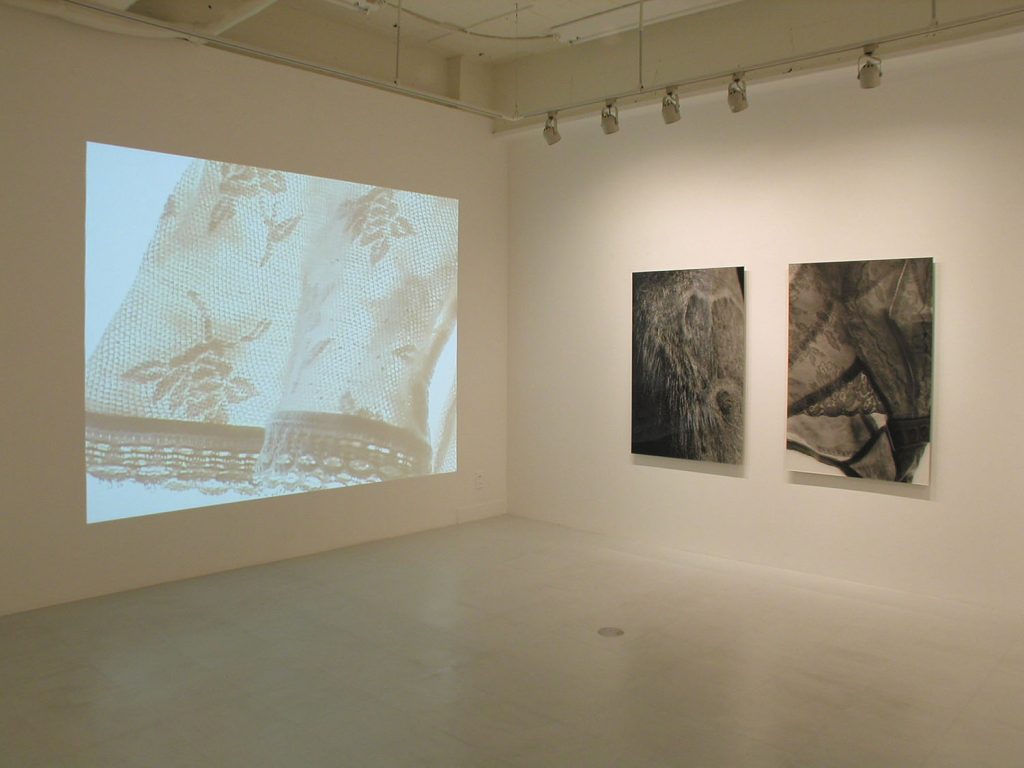
Exhibition view / Ishiuchi Miyako, 2005 ©TheThirdGalleryAya
You have been actively exhibiting at art fairs in and out of Japan. Have there been any big changes over the past few years since the coronavirus pandemic?
TA: Photo Miami 2007 was our first participation in an international fair. It was 10 years after I started the gallery ― the number of art fairs increased and the situation changed significantly. The Japanese market was not expanding any further, so I felt it was essential to participate in international fairs. It was a different challenge than doing our work in Japan, but I saw it as a situation where galleries had no choice but to do so under globalization. It went on for almost 20 years until it came to a halt during the pandemic. It was a big change, and I wondered what would happen, but I feel that things are gradually returning to their original state starting this year.
I feel that we have to consider the photography market not only in Japan but also overseas. However, it’s expensive to do our work overseas now because the yen has weakened and prices have risen.
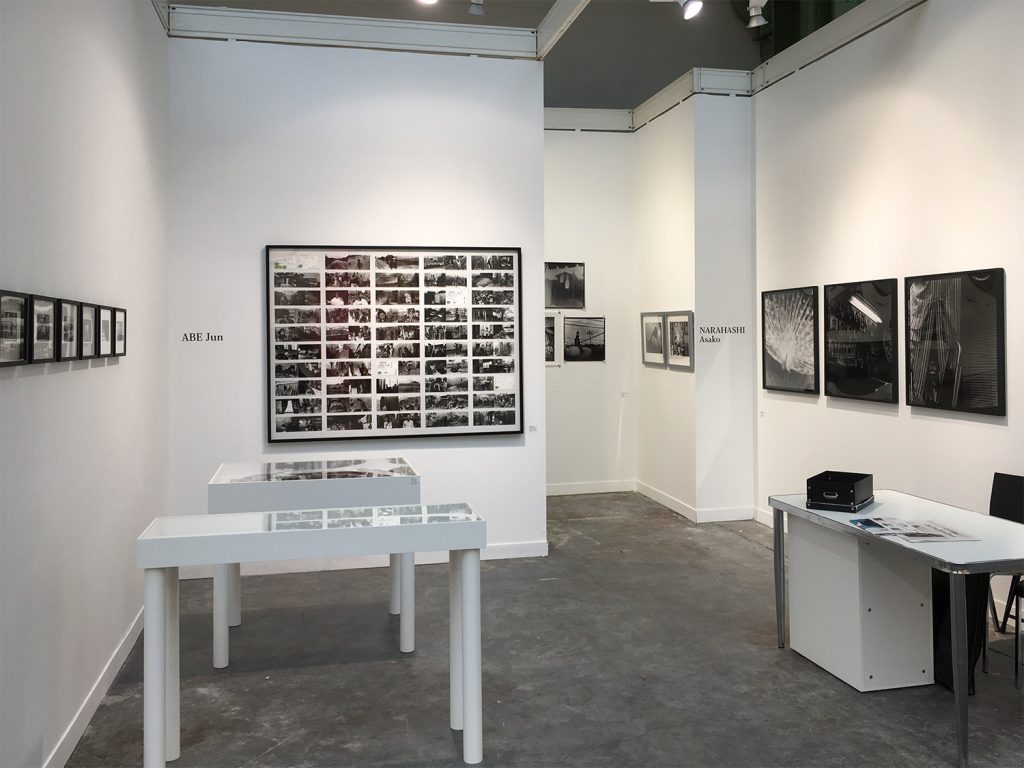
Paris Photo, 2018 ©TheThirdGalleryAya
The Grand Prize Winner of the Hariban Award will work with the craftspeople in Kyoto to finish their artwork. What kind of inspiration do you expect the artists will have?
Do you have any comments for artists who are considering applying for this award?
TA: I would highly recommend you try making prints using the collotype technique. It will help you expand the possibilities of your work, and the experience of working together with the craftspeople will make a great impact on your creation process.
Tomoka Aya
The Third Gallery Aya, gallery owner and director
Tomoka Aya was born and based in Osaka, Japan. She founded the Third Gallery Aya in 1996, which celebrated its 25th anniversary in 2021. She has organised exhibitions by Ishiuchi Miyako, Yamazawa Eiko, Okanoue Yoshiko, Imai Hisae, Kodama Fusako, Jo Spence, Heshiki Kenshichi, Gocho Shigeo, Abe Jun, Narahashi Asako, Watanabe Koichi, Kakimoto Hiromi, Higashionna Yuichi, Inagaki Tomoko and others. Aya works with photography and contemporary art ― she introduces artists’ works in and out of Japan by participating in Paris Photo, the world’s largest photography art fair, and Art Basel, the world’s largest contemporary art fair.
HARIBAN AWARD 2024 の審査員インタビューでは、The Third Gallery Ayaのオーナーであり、ディレクターの綾 智佳さんにインタビューをおこないました。
まず初めに、綾さんが写真と初めて出逢われたときのことや、ギャラリーをオープンするまでの経緯をお聞かせください。
高校生の時に「流行通信」という雑誌のインタビュー記事でサム・ワグスタフというコレクターでキュレーターの記事を読んだこと。PPS通信社等が開催していた写真展をいくつか見に行き、とても面白かったことが一番最初の写真との出会いだと思います。それがきっかけで写真に興味を持ち、大学の写真部に入りました。大学卒業後は会社勤めをしましたが、組織で働くということに息苦しさを感じ、やはり写真に関わる仕事をしたいと初めて強く思いました。
具体的なきっかけはNPOの大阪国際写真センターでアルバイトの仕事を始め、その後に正社員になったことです。そこでブレーンセンターギャラリーという写真ギャラリーの運営をされていたのですが、ギャラリーを閉めることが決まりました。ちょうどその時、私がギャラリーを引き継いで独立しないかという話を持ち上がり、引き受けたのです。
1996年に開廊されて以来、写真は(アナログとデジタルの混在といった)技術的なことだけでなく、芸術表現の潮流における立ち位置を確立するうえでも、相当の変遷をたどってきたと考えます。その波の中でギャラリストとして軸とされてきた視点を教えてください。
ギャラリーの特色を考えた時に「大阪」でやるということ、また女性のギャラリストであることを自覚的であることで、他との区別化を図りたいと最初から思っていました。それは東京に行かないとギャラリーが運営するのは不可能だろうと言われたことがきっかけです。自分が生活している場所で、好きなことをして自立したいと思っていましたので、その為にどうすべきかをいつも考えていました。
具体的には女性写真家の数が少ないという現況を把握する中で、女性写真家に焦点をあてることでギャラリーの特徴を明確にしました。具体的には山沢栄子作品を取り扱う窓口になったことからギャラリーはスタートしました。最初の展覧会は日本と海外の女性の写真家で始めたいと考え、私自身が一番やりたかった石内都展とジョー・スペンス展を開催しました。時期的には1989年に東京都写真美術館が写真専門の美術館としてスタートし、東京国立近代美術館ではフィルムセンターとして、横浜美術館では写真セクションができ、美術館で写真展を開催することが当たり前になってくる中でギャラリーをスタートできたことはとても良かったと思っています。土台があったので、その上に実績を積めばやっていける展望があったのです。
また、インターネットがスタートしたことによるグローバル化も大きく影響があったといえます。1990年代から興隆したアートフェアはそのような背景をもとに広がり、私もその影響の中、日本だけでなく海外に目を向けていました。海外の美術館やアートフェスティバルに日本の写真家の作品を展示や収蔵も考えていきました。マーケットも含めて、日本と海外の双方を考えるということをずっとやってきたように思います。

展示風景:平敷兼七展、2024年 ©Kiyotoshi Takashima
The Third Gallery Ayaでは、若手支援プロジェクト「824」やシリーズ・レクチャーを企画されています。一般に向けた、”写真”を理解するための大きく弧を描くような取り組みだと感じます。始められた背景や今後の展望を教えてください。
私は30代にギャラリーを始めたので、特に最初は同世代や私より若い作家達と一緒に仕事をしてきました。
若手支援が自然な流れでしたし、とても楽しかったです。ギャラリーの仕事の一つとして同時代の写真家と時代を共有しながら仕事をするということがありました。ギャラリーとして25年を超えるキャリアとなっていく中でそれは少しずつ変わってきていると思います。
レクチャーもそれと似ていますが、同時代の研究者やキュレーターと一緒に仕事をしたいということで始まりました。また、新しい知識や情報を得たいというシンプルな思いもありました。レクチャーはシリーズも組むような大掛かりなことは減ると思いますが、今後も展示と連動する形で続けたいと思っています。

展示風景:石内都展、2005年 ©TheThirdGalleryAya
国内に限らず、海外アートフェアにも積極的に出展されています。コロナ禍を経て、ここ数年で明らかに変わったと感じる動向等はありますか?
2007年のマイアミでのアートフェアへの参加が初の海外のフェアでした。ギャラリーを始めて10年経った頃で、海外でのフェアが増えてきて、それまでと状況が大きく変化していったと覚えています。日本のマーケットがなかなか広がらない中、海外のフェアに参加することは必須のように感じました。日本で仕事をするのとは全く違うハードルがありましたが、グローバル化が進行する中でギャラリーという仕事も同様にやらざるを得ない状況だったと捉えていました。それが20年近く続き、コロナ禍でそれが一旦途切れました。あまりにも急な大きな変化で、どうなるかと思いましたが、また今年ぐらいから徐々に元に戻っていっていると感じています。写真のマーケットは日本だけではなく海外も含めて考えていくしかないと思います。ただ、日本を巡る状況は大幅な円安と物価の上昇で、予測を大幅に超えた経費がかかるため、海外で仕事をするのには厳しいものになってきています。

出展風景:Paris Photo、2018年 ©TheThirdGalleryAya
